Explore a cinematic journey with our Blu-ray Review Round-Up, featuring captivating films by acclaimed directors such as Tsai Ming-Liang, Lucretia Martel, Mario Bava, and more!
Immerse yourself in these cinematic gems’ visual brilliance and storytelling finesse as we delve into a diverse collection that promises an enriching experience.
From the contemplative works of Tsai Ming-Liang to the atmospheric storytelling of Lucretia Martel, this roundup celebrates the artistry and creativity of these visionary filmmakers.
Indulge in a feast for the senses as you witness the stunning high-definition transfers and bonus features accompanying these Blu-ray releases.
Whether you’re a seasoned cinephile or a casual viewer, this collection offers an enticing blend of cinematic excellence, providing a unique glimpse into the distinctive worlds crafted by these masterful directors.
Stray Dogs (2014) Cinema Guild
There are speculations that Stray Dogs might mark the culmination of Tsai Ming-liang’s illustrious career, especially as a prominent figure in the “slow cinema” movement.
It would be a remarkable conclusion if this is indeed his final film.
Even by Tsai’s customary standards, Stray Dogs challenges the viewer’s patience, particularly in the concluding two shots, where emotional and physical decay are portrayed with seemingly endless stillness, intricately realized.
While Tsai pushes the boundaries of endurance, his unbelievably meticulous compositions simultaneously expand the realm of imagination.
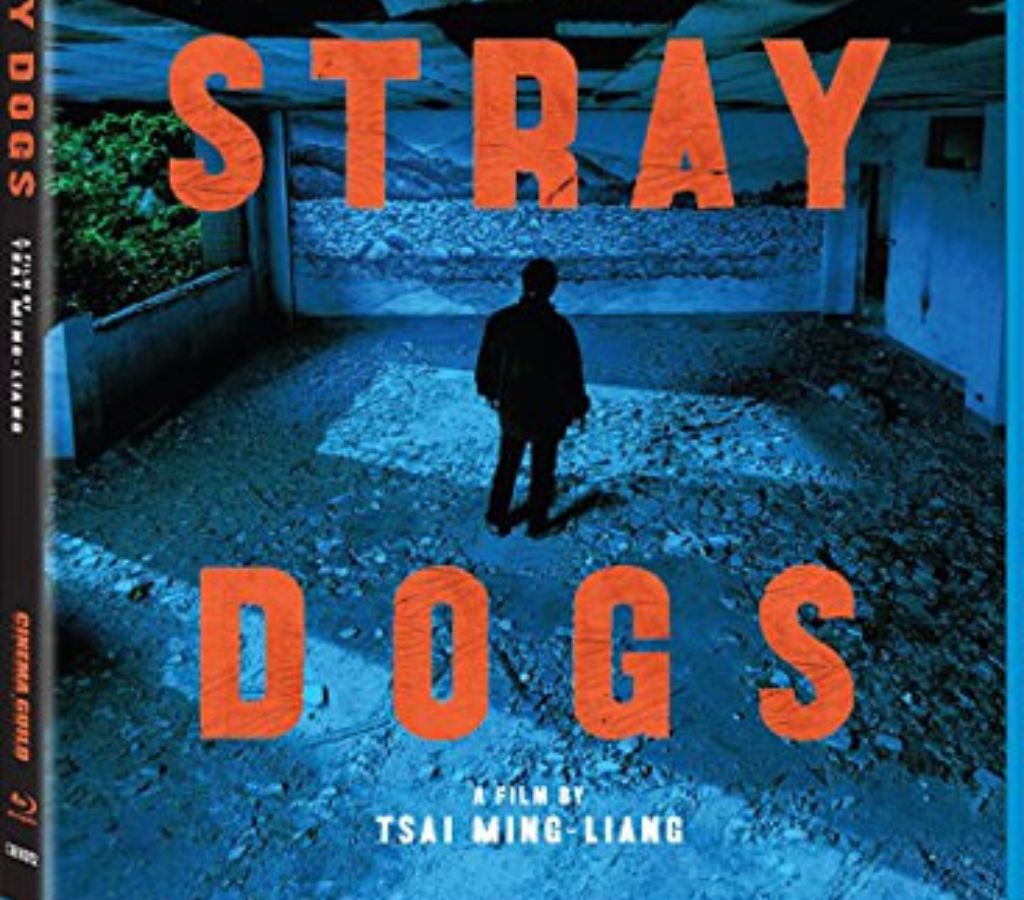
These compositions slowly unveil new facets of visual information, coupled with unanticipated ventures into the surreal.
Deciphering the essential elements of the narrative is straightforward.
The story revolves around a father, played by the frequent Tsai collaborator Lee Kang-sheng, striving to support his two children by working as a sign holder on a bustling Taipei highway.
They find shelter in various abandoned locations and are occasionally accompanied by different women or possibly the same woman portrayed by different actresses.
The timeline is ambiguous, leaving viewers to ponder whether the narrative unfolds chronologically or presents diverse perspectives.
The nature of the woman’s relationship with the children – whether she is their mother or simply a sympathetic acquaintance – remains unclear.
The exploration of emotional connections remains implicit in Stray Dogs, where a seemingly distant film can surprisingly shift swiftly into intense emotion.
Instances like the father crafting a companion out of cabbage, a profoundly uncomfortable, surprisingly humorous, and heart-wrenching scene, or a rare close-up where he spontaneously breaks into song bring unexpected emotional depth.
The film offers a unique audience experience through extended takes, such as when the man stands captivated by a mural, establishing a connection beyond our comprehension or empathy.
This oscillation between alienation and emotional impact makes Stray Dogs an unforgettable cinematic experience.
The 1080p, 1.78:1 transfer by Cinema Guild impeccably renders Tsai’s digital photography, capturing the muted grays of deteriorating structures and the vivid primaries of consumer products illuminated by fluorescent light.
The 5.1 DTS-HD Master Audio soundtrack subtly immerses viewers in scenes like a bustling highway with cars speeding or an echoing, abandoned corridor.
The additional features include a bonus film, Journey to the West (2014, 56 min), part of Tsai’s “Walker” series.
Lee takes on the role of a Buddhist monk navigating Marseille in minuscule steps, with Tsai’s framing consistently defying expectations of his next appearance.
This bonus film, with its mind-blowing compositions and prolonged takes used playfully, feels like pure cinematic joy.
The scene where Denis Lavant follows Lee in his footsteps is one of my new all-time favorites. The inclusion of Journey to the West alone makes purchasing the disc worthwhile.
Additional features comprise recordings from the Tsai Ming-Liang Master Class at the Cinémathèque Française, a trailer, and a booklet containing an essay penned by Jonathan Rosenbaum.
La Ciénaga (2001) The Criterion Collection
From its initial moments, the first film by Argentine filmmaker Lucretia Martel immerses viewers in a sensation of sweaty apprehension.
The film is notably tactile, with shots appearing to perspire and unease intensifying as Martel’s camera lingers, creating a disturbing atmosphere accentuated by the nerve-rattling off-screen sound design.
Martel’s recent work, The Headless Woman (2008), solidified her position as a significant figure in global cinema.
One can observe the formal precision and narrative restraint that characterized that film in its early stages in La Ciénaga, which is a formidable work in its own right.
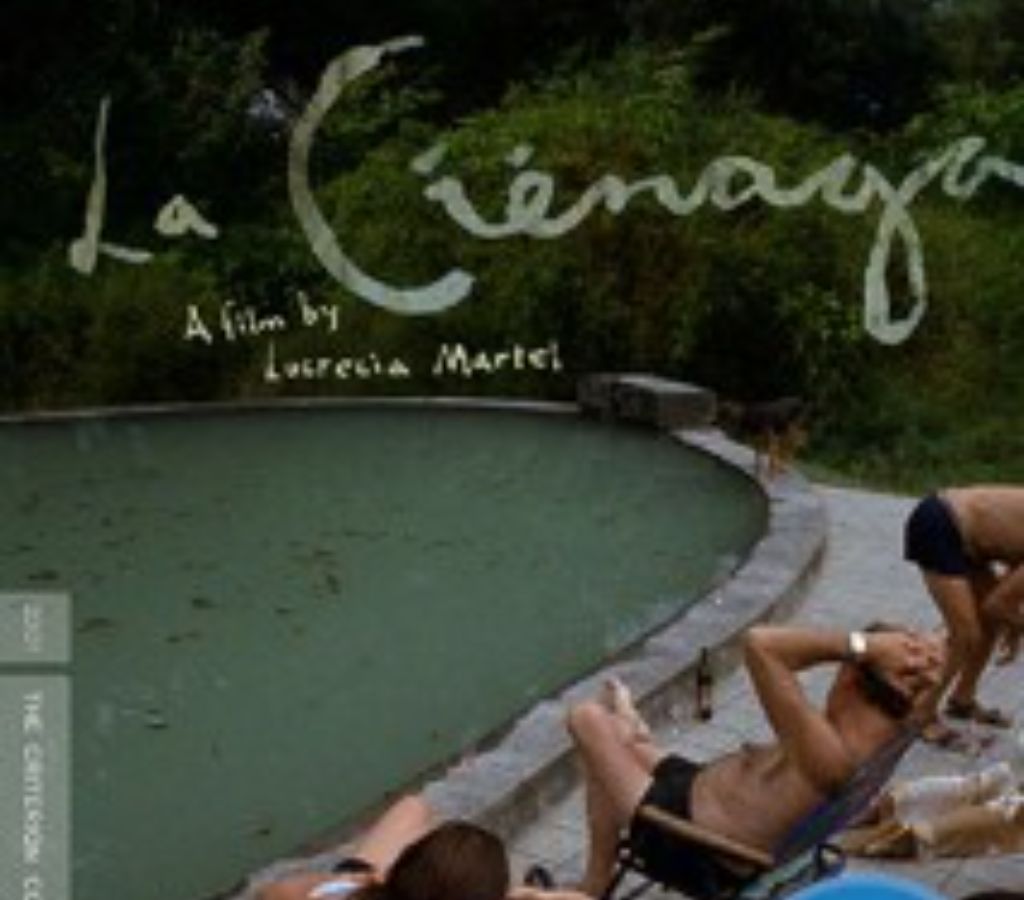
The film focuses on a bourgeois extended family sprawled around a grimy backyard swimming pool as the narrative unfolds.
As malaise permeates the scene, one character sustains a severe injury from a broken wine glass, yet the others fail to muster any attempt to come to her aid.
This moment is striking due to its unsettling subject matter and Martel’s innovative use of space, employing close-ups and oblique angles to create a disorienting effect.
The opening scene concisely represents the entire film, encapsulating its thematic exploration of a family trapped in a self-destructive cycle of decay and decadence.
The subsequent running time remains compelling as the film delves into the inevitable physical consequences of spiritual decay, building tension meticulously within each carefully crafted frame.
Criterion’s 1080p, 1.85:1 transfer, based on a new 4K scan, showcases exceptional depth and fine detail.
The image maintains consistent sharpness, cleanliness, and a distinctly film-like quality. The DTS-HD Master Audio 2.0 surround track handles Martel’s crucial sound design, delivering clear audio across all channels.
Supplementary features include new interviews with Martel and filmmaker Andres Di Tella, who provides insights into Martel’s position in New Argentine Cinema.
The package also includes a trailer and an insert featuring an essay by scholar David Oubiña.
The Connection (1963) Milestone Films
If only every adaptation from stage to screen displayed the authorial conviction seen in Shirley Clarke’s The Connection, which is based on Jack Gelber’s play.
Clarke’s film not only pays homage to its source material but also provides an unadorned, compassionate portrayal of a group of people with an addiction and jazz musicians awaiting their heroin dealer in a New York flop house.
Yet, Clarke takes it a step further by explicitly recognizing the inherent theatricality of the content and offering a metatextual critique of the authenticity of documentary filmmaking.
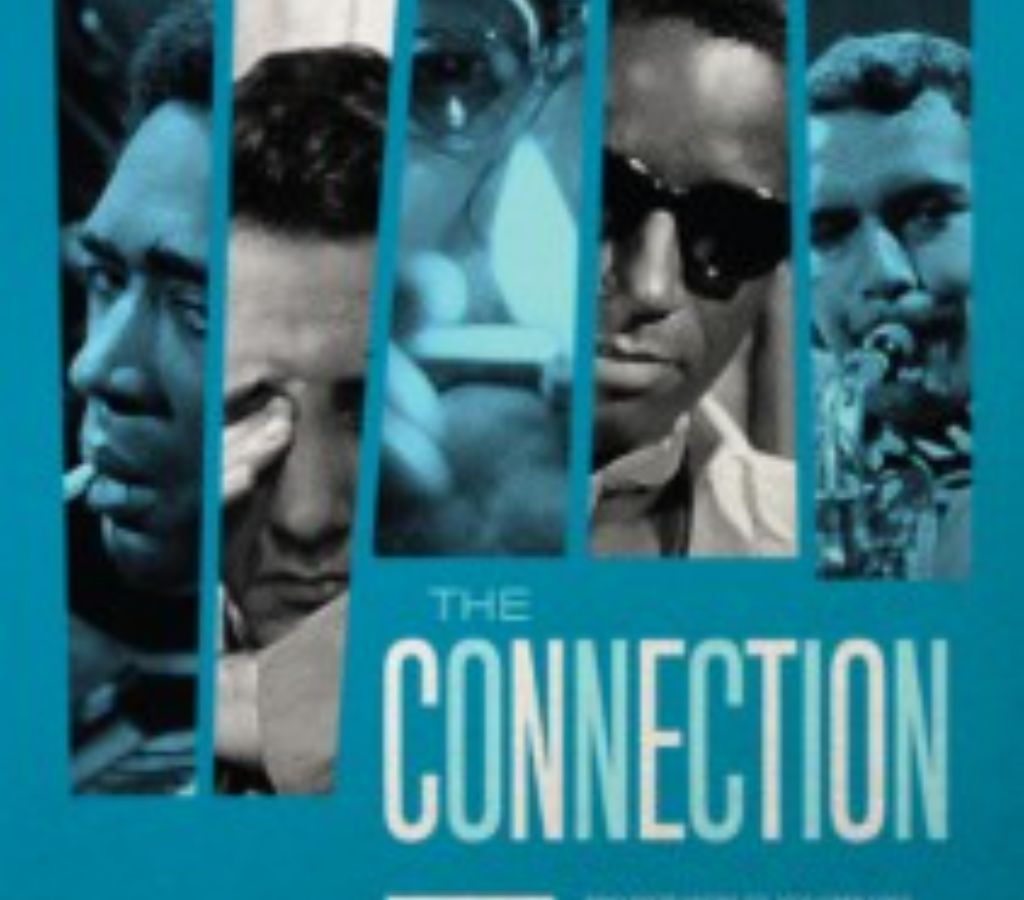
A few years later, Clarke would subtly revisit similar themes, delving into the deception of the camera and the complex dynamics between documentarian and subject in Portrait of Jason (1967).
However, the resolute forcefulness of her argument in The Connection remains undeniably compelling. Filmmaker Jim Dunn (William Redfield) is financing the heroin purchase to capture the “reality” on film.
Frequently steps in front of the camera, meticulously adjusting lights and clumsily directing the men, whose reactions range from bemusement to complete disinterest.
Through Dunn and the barely visible cameraman J.J. Burden (Roscoe Brown), the diegetic film’s clandestine mastermind, Clarke often favors close-up one-shots, almost aggressive, as the various men narrate their stories directly into the camera.
Initially, it appears to be a cinematic revelation until the realization sets in that each man has been transformed into a type of performer.
The arrival of Cowboy (Carl Lee), the group’s link to the drug connection, further disrupts any illusion of gritty reality as he confronts Dunn’s camera, rebuking the notion that uncovering the truth involves “flirting” with them.
Milestone has provided outstanding treatment for Shirley Clarke’s films on home video, and her debut film is no exception.
The film, presented in a 1080p, 1.33:1 transfer, has been sourced from the UCLA and Milestone restoration efforts.
This transfer, resembling the quality of the film, exhibits remarkable fine detail and a pristine image.
The uncompressed 2.0 mono track is an excellent platform for showcasing jazz pianist Freddie Redd’s hard-bop score.
The extras encompass behind-the-scenes footage and photos, a brief interview with art director Albert Brenner, a conversation with Redd, additional songs, home movies, and a trailer.
A Day in the Country (Partie de campagne, 1936) The Criterion Collection
Examining the backstory of Jean Renoir’s A Day in the Country might lead one to ponder what could have transpired.
In 1936, Renoir had to depart to work on The Lower Depths before production completion, and he has yet to return.
The film was eventually finished by collaborators and released a decade after Renoir established himself in Hollywood.

At a mere 41 minutes, one might dismiss it as a fragment or a curiosity. However, the film was always intended as a short feature.
In its current form, it is a masterpiece — a meticulously crafted gem encapsulating idyllic romance and profound disappointment, blending life’s emotions into a compact narrative.
The storyline revolves around a Parisian family seeking respite from urban chaos for a day in the tranquil countryside.
Local fishermen Henri and Rodolphe (portrayed by Georges Saint-Saens and Jacques Borel) promptly become captivated by the family’s daughter, Henriette.
Rodolphe opts for a playful pursuit of Henriette’s mother (Jane Marken), while Henri’s casual attraction to Henriette swiftly develops into something more profound.
Renoir can convey a myriad of emotions through concise shots, ensuring that the short duration of the film doesn’t give it a rushed feel.
Time in this serene setting is portrayed as eternal and fleeting, creating a paradise removed from worldly concerns where love can intensify but with little prospect of permanence.
Designed initially with cutaways to Paris, confining the narrative entirely to one location imparts A Day in the Country with a mythical quality.
Criterion’s 1080p, 1.37:1 transfer, derived from a new 2K digital restoration, yields an impressive image quality, particularly in close-ups that reveal abundant fine detail.
Strong grayscale separation and minimal damage contribute to the overall visual appeal. The lossless mono soundtrack capably manages the film’s dialogue and music.
The array of bonus features should reassure those hesitant about investing in a Criterion release for such a brief film.
These include Un tournage à la Champagne, an 89-minute compilation of outtakes assembled in 1994 from over four hours of material.
Renoir scholar Christopher Faulkner delves into the film’s unconventional production history in a new interview and explores Renoir’s style in a new video essay.
Archival material encompasses a 1962 Renoir intro, a 1979 interview with producer Pierre Braunberger, and various screen tests.
The package is completed with an insert featuring an essay by scholar Gilberto Perez.
Black Sunday (1960, AIP version) Kino
Mario Bava’s pivotal work, Black Sunday, highlights the director’s skill in creating atmosphere and employing elegant camerawork in a somewhat cheesy narrative about a 17th-century Russian witch (Barbara Steele) burned at the stake, only to return two centuries later for revenge.
While Kino previously released the film’s original Italian cut on Blu-ray, they now present the American cut, slightly shortened and accompanied by a new score from American International Pictures.
Although the consensus leans towards favoring the original cut, having both versions available in high-definition will undoubtedly please Bava enthusiasts in the U.S.
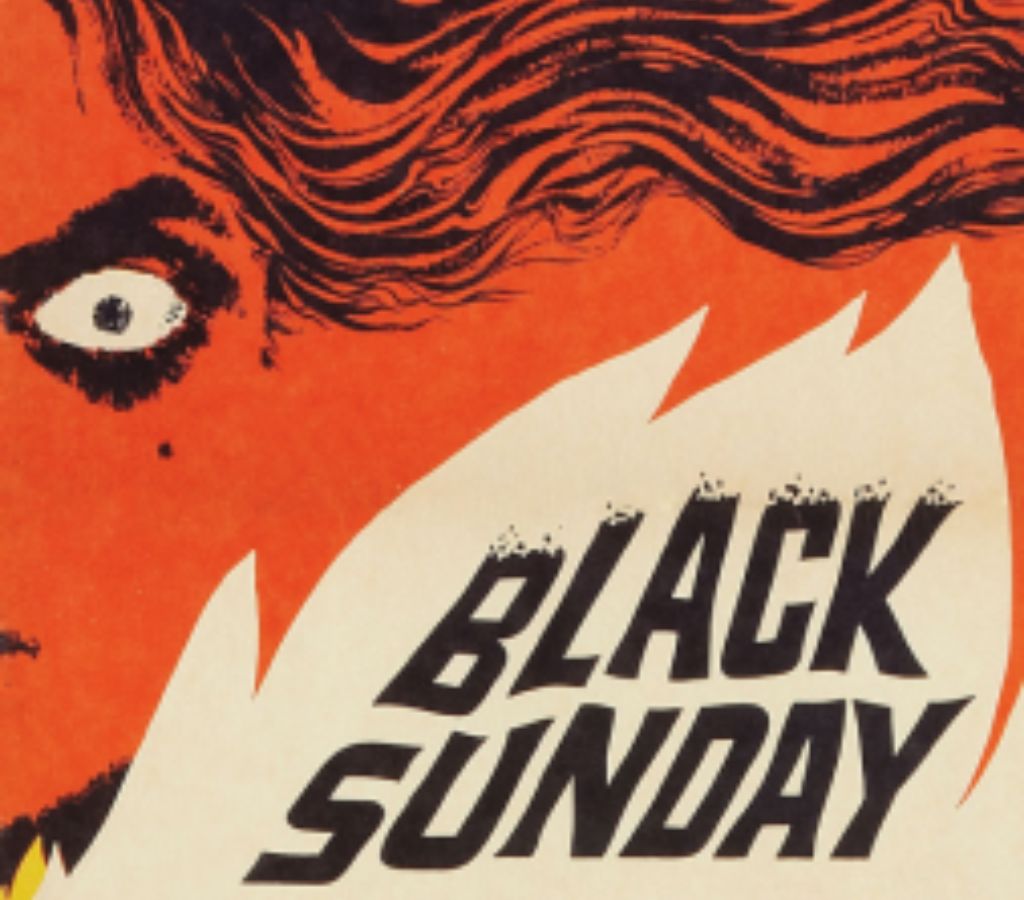
The decision not to initially package both cuts seems tied to intricate rights challenges, exemplified by the initial announcement and subsequent cancellation of a Black Sunday/Black Sabbath (1963) AIP double-feature.
(Kino will subsequently release the AIP Black Sabbath as a standalone Blu-ray in July.)
The 1080p, 1.66:1 transfer, while slightly softer than Kino’s original cut disc, presents a well-detailed image, albeit showing some signs of wear and tear with various print damages.
True to their usual approach, Kino refrains from excessive digital manipulation, preserving a film-like appearance, even though a less-than-razor-sharp image is the standard.
The 2.0 DTS-HD Master Audio mono track maintains a high level of cleanliness.
Regrettably, no additional features are included except for a theatrical trailer.
While this release serves the purpose of Bava enthusiasts locked to Region A who are okay with purchasing two discs, Arrow Video’s dual-format Region B release stands out significantly, providing both cuts in a single package and a plethora of extra content.
Bandit Queen (1994) Twilight Time
Shekhar Kapur navigates between conventional biopic elements and a semblance of an exploitation film in his portrayal of the life of Phoolan Devi, an Indian woman from a low caste who endured persistent sexual and physical abuse before becoming a vigilante gang leader.
There are glimpses of an angry and forceful vision, notably when the film opens with a defiant Devi (Seema Biswas) addressing the camera directly, proclaiming, “I am Phoolan Devi, you sisterfuckers!”
Her climactic revenge against a group of upper-caste Thakurs is portrayed as brutally balletic.
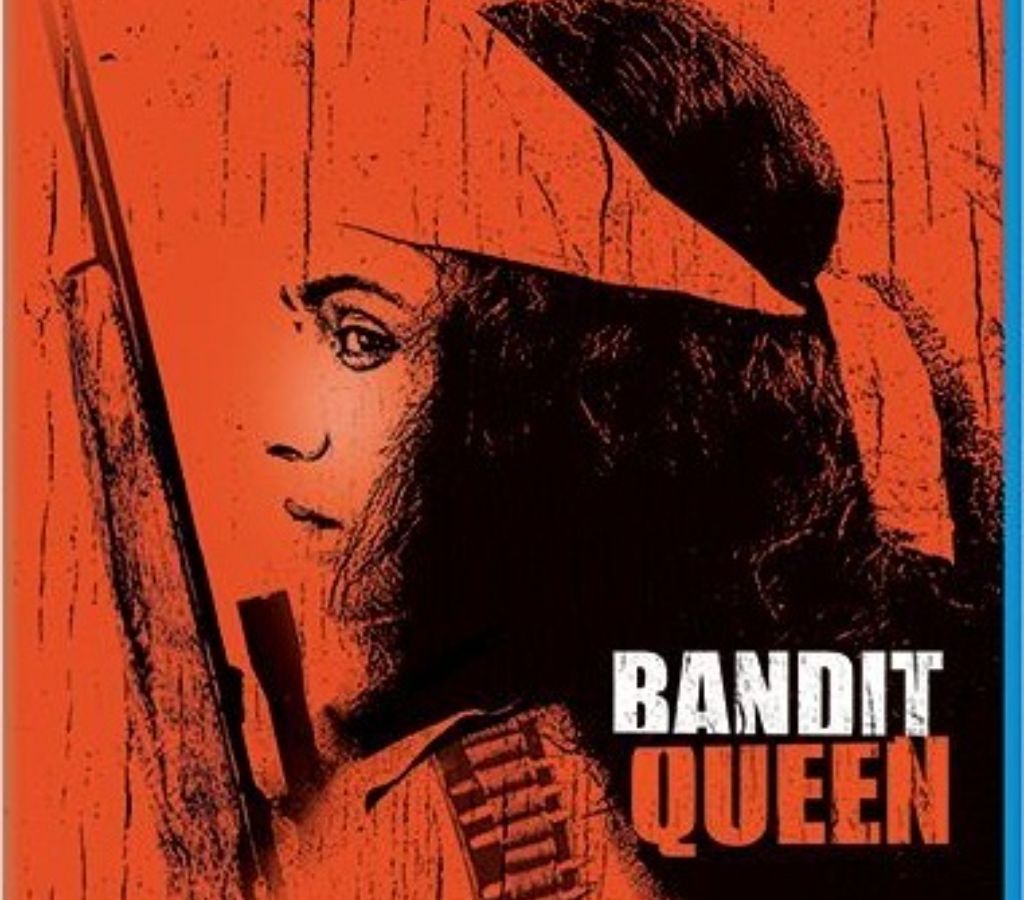
However, these impactful moments are infrequent. Kapur’s restrained camerawork lingers over the picturesque landscapes of Northern India with seemingly the same disinterest he exhibits toward the spectacle of Devi’s humiliations.
From her marriage at the age of 11 to an adult man who rapes her, to a gang-rape by bandits, and similar mistreatment by local police, Devi endures a series of unimaginable horrors.
Kapur appears to dwell on these moments, constituting the majority of the film’s first three-quarters, creating a sense that he is merely ticking off biographical boxes, progressing chronologically through the atrocities until he reaches the point where Devi gains some agency.
Despite its bold start, the film ultimately lacks an empowering quality.
The 1080p, 1.78:1 transfer by Twilight Time is derived from an older master, showcasing a generally satisfactory image despite slightly faded colors and occasional loss of fine detail.
Low-light scenes suffer from pronounced grain, resembling video noise, and the deep blacks are significantly compromised.
While an improvement in DVD quality, a new scan for a film of this nature seems unlikely shortly.
The DTS-HD Master Audio 2.0 soundtrack presents clear Hindi dialogue, albeit with the drawback of unremovable forced English subtitles.
Supplementary content comprises a commentary track by Kapur, an isolated score track, and a booklet featuring an essay by Julie Kirgo.

